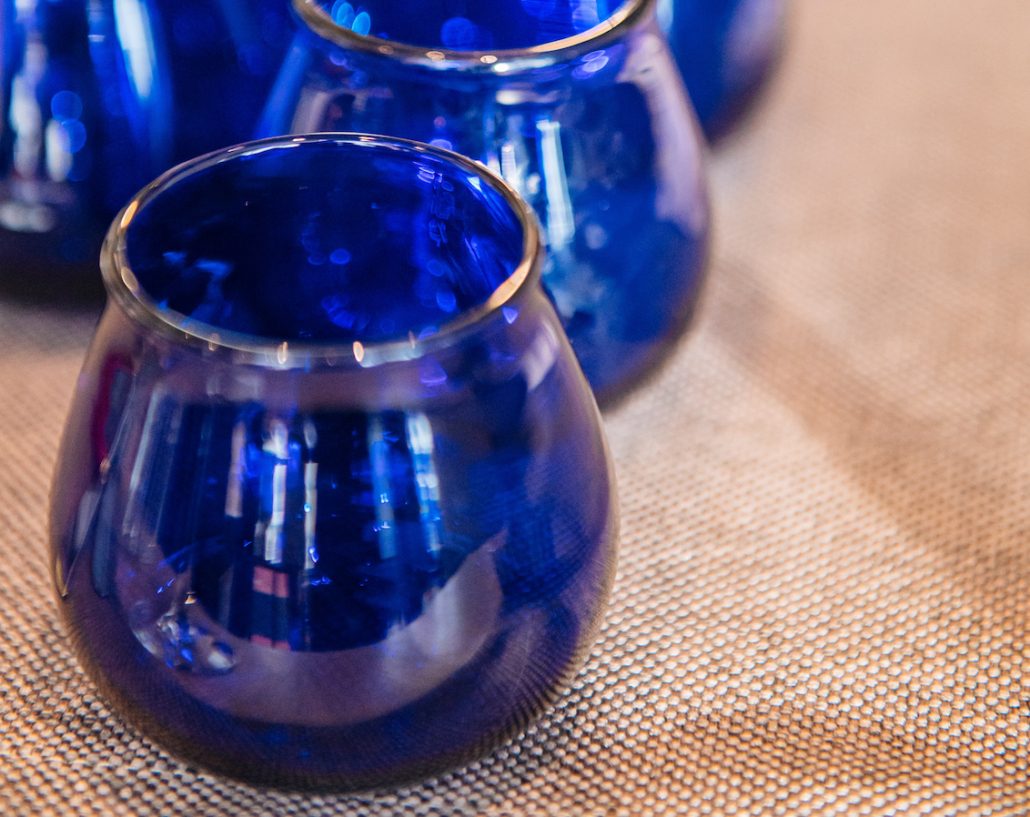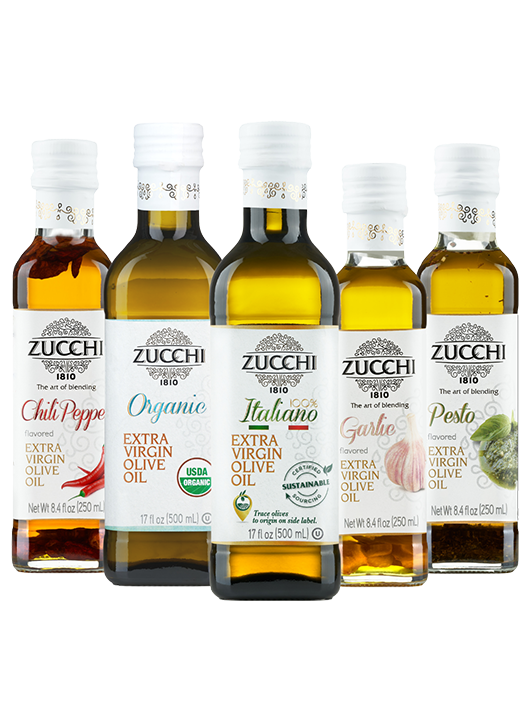How to Taste Olive Oil Like a Pro
If you’ve ever attended a wine tasting before, then you know that there is a very particular technique professional sommeliers follow, from observing the color of the wine to swirling it around the glass before dipping their nose inside to give it a sniff. But did you know that there is a proper way to…
June 7, 2021



